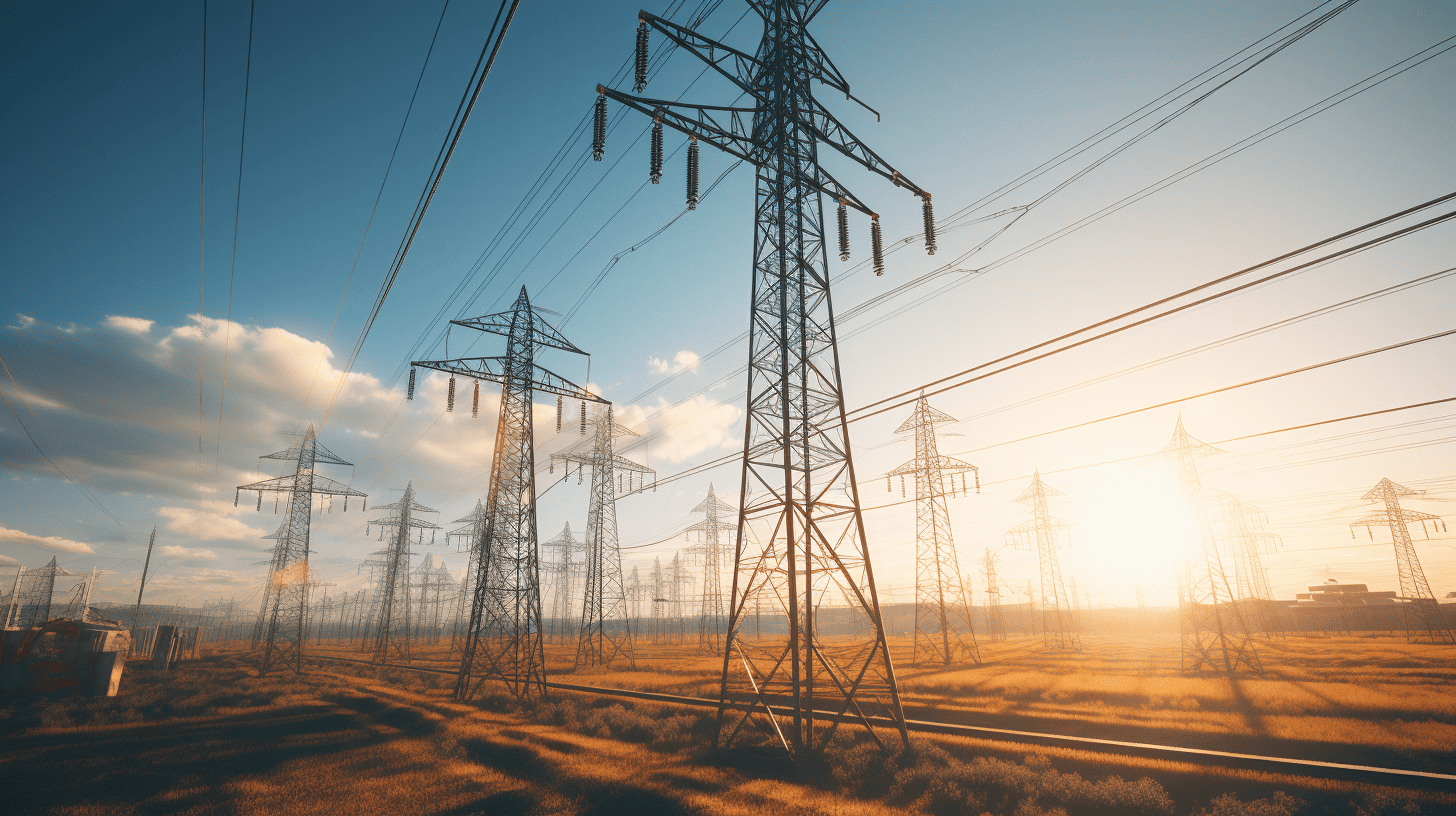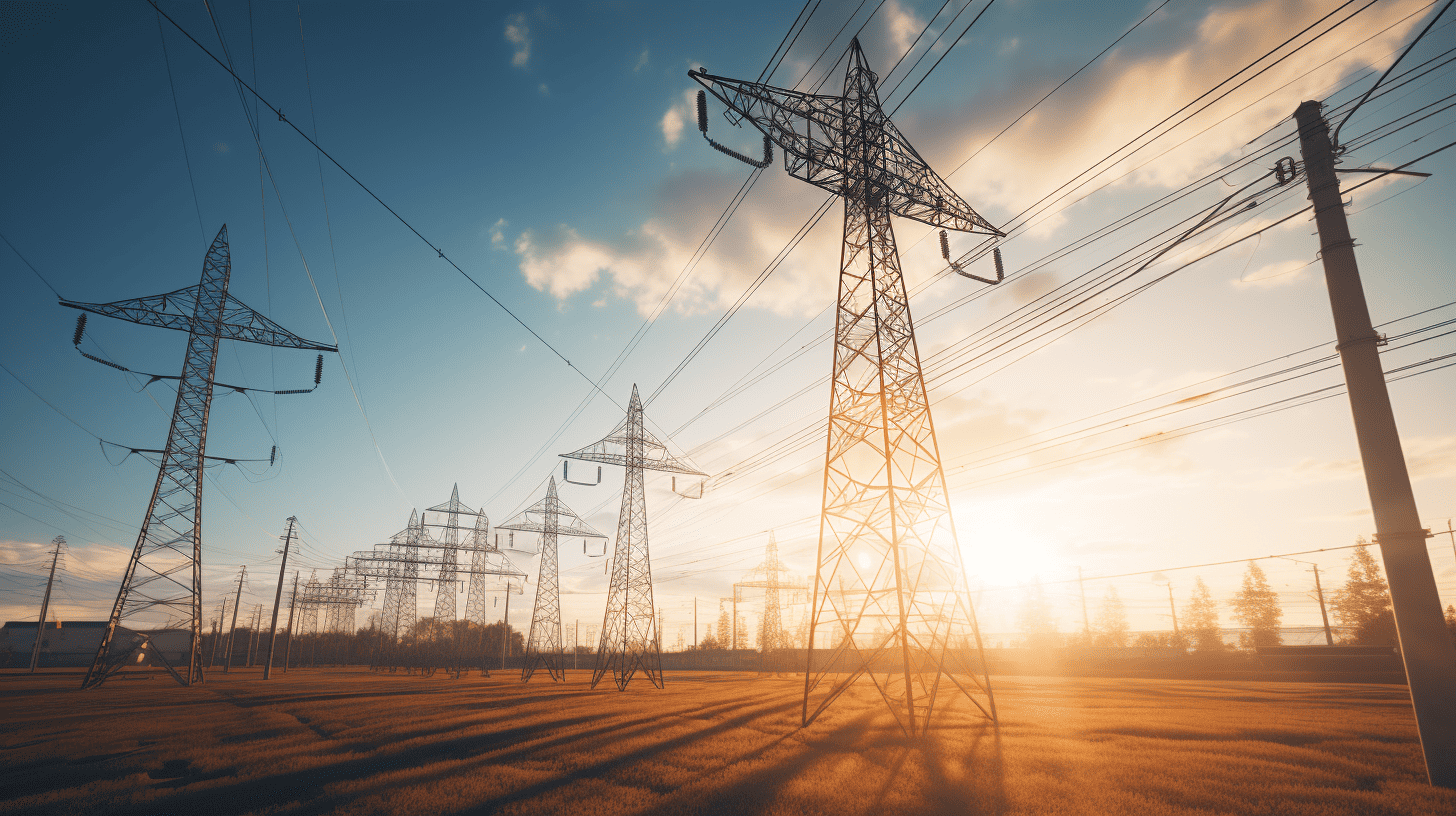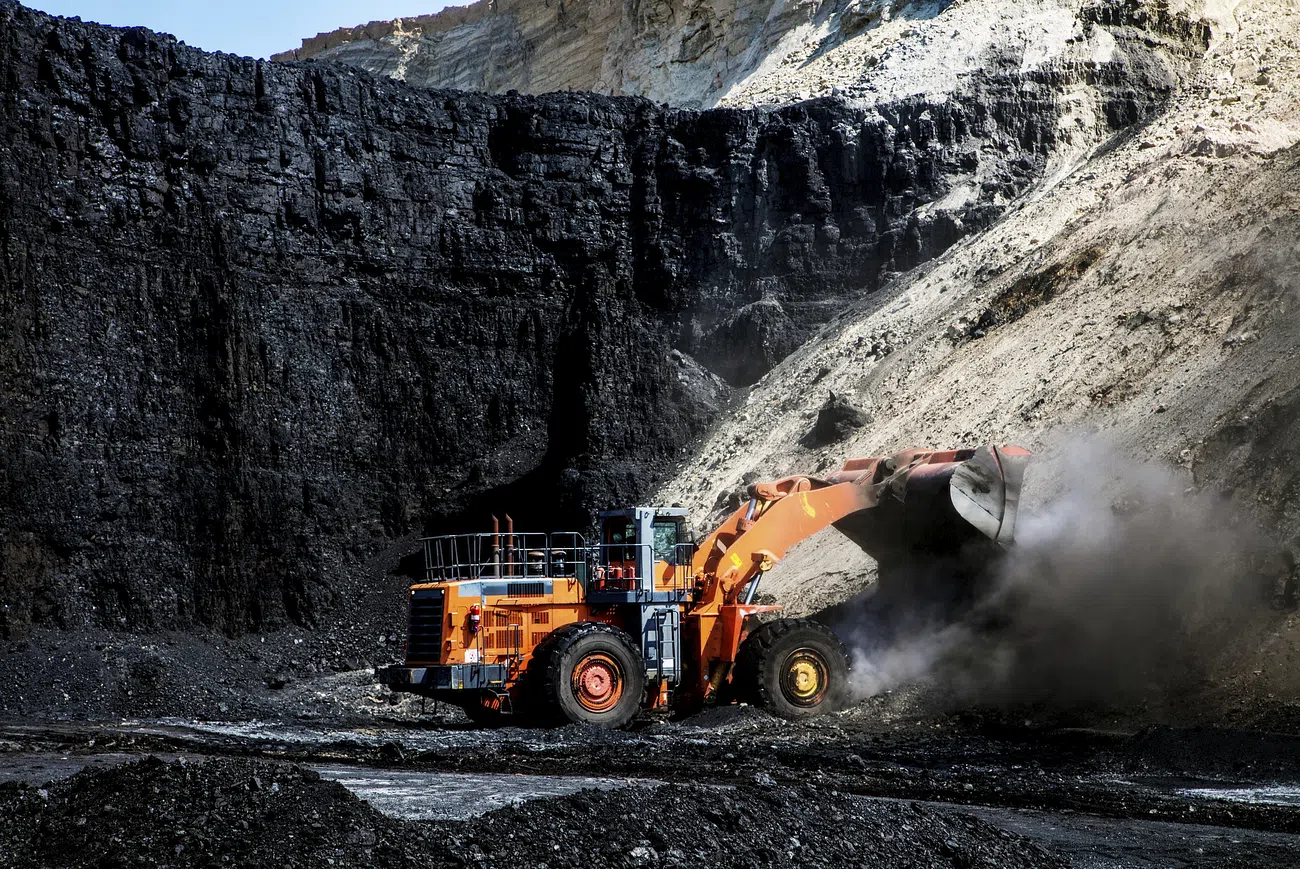
Being confused about the state of our energy supply is nothing to be embarrassed about. Even the most stable persons would get anxious by visiting general news websites or reading newspapers. We understand that supply and demand are totally out of balance because the need for energy is growing daily, and at the same time, our grids can’t seem to cope with that. But that is not the whole story. Even if the work of journalists is fully accurate, the long term is still sometimes lost sight of. The same goes for politicians who too often only focus on a period that ends at the next election.
- We’re living in a time of transition, which also goes for energy.
- This causes anxiety and uncertainty.
- Developments in technology show that there will be a moment for energy to be free and abundant.
- This will have an enormous impact on societies all over the world.

Without wishing to downplay the current problems, it is also useful to note that we are on the eve of a turning point of incredible impact. Imagine, for a moment, a world where the electricity pulsating through your devices, powering your homes, and fueling your vehicles, is not just clean and renewable but wouldn’t cost you anything either. A world where access to power isn’t a commodity but a right, a basic amenity provided to all, regardless of geographic or economic status. This isn’t some lofty utopian dream. It is, in fact, an achievable reality, one that could materialize within our lifetime. It just needs a view across the transition period we’re all in now. Let’s try.
Efficiency grows, cost diminishes
At the heart of this vision is the incredible advancement we’re witnessing in renewable energy technologies. Solar panels and wind turbines, once the expensive novelties of early adopters, are now mainstream, and their efficiency grows as their cost diminishes. By 2021, the cost of solar had already plummeted by 89% in a decade. And after that, the speed only grew. Simultaneously, innovations in battery technology are helping us store and deliver this power effectively, rapidly reducing energy storage costs.

Certainly, our global energy demand is growing. Emerging technologies like AI, blockchain, and electric vehicles place additional strain on our power grid. However, we need to remember that green energy, by nature, is practically limitless. More solar energy reaches the Earth every hour than humans use in a year. The key lies in harnessing and storing it effectively, and we’re getting better at this every day.
The impact on societies
So, let’s visualize a future where energy is free for everyone. What consequences would it bring to our society?
In Western societies, it would lead to unprecedented economic growth. The substantial chunk of income households spend on energy could be invested elsewhere, stimulating a consumer-led economic boom. The automotive industry would likely transition entirely to electric, heralding a new era of clean, emission-free transportation. And not to mention, eliminating energy poverty would significantly improve the quality of life for the underprivileged.
Moving to Asia, the ramifications would be transformative. Many parts of Asia, despite rapid industrialization, still grapple with reliable energy access. Free energy would provide the impetus to fast-track infrastructure development, bridge the urban-rural divide, and alleviate poverty. Moreover, Asia, a hotspot for tech giants and burgeoning startups, would experience an innovation explosion powered by limitless, cost-free energy.
Meanwhile, free energy could revolutionize societies in Sub-Saharan Africa, a region where more than half of the population lacks access to electricity. Education, healthcare, agriculture – every facet of life would improve dramatically. It would drive industrial growth, aid in mitigating climate change impacts, and fundamentally alter the region’s socio-economic development trajectory.

Free energy for all may seem like a radical idea today, but with our collective efforts and the relentless march of technology, it could soon be our shared reality.
Not without caveats
Of course, this vision of a future isn’t without its caveats. On a global scale, the transition to free energy would necessitate significant policy reforms, massive infrastructural overhauls, and perhaps, most challenging, a cultural shift away from viewing energy as a finite commodity. It would also demand proactive strategies to address job displacement in traditional energy sectors.
However, the potential benefits outweigh the challenges. Moreover, these challenges are surmountable if we approach them with intention, foresight, and a collective commitment to creating a more equitable and sustainable world.
The journey towards free, limitless energy is not only about reducing the cost of electricity or mitigating climate change. It is about reimagining and restructuring our societies. It’s about unlocking the immense human potential that lies stifled under the burden of energy scarcity and inequality.
The path ahead is indeed strewn with obstacles. But remember, the same was true when we first harnessed fire, tamed steam, or split the atom. Free energy for all may seem like a radical idea today, but with our collective efforts and the relentless march of technology, it could soon be our shared reality. The future is bright indeed.
Abundant anything
Postscript based on a tip from Jurjen de Vries on Linkedin: this wiki gives a nice overview of forms of abundance in a range of basic needs.






